Discover What Living in Ancient Rome Was Really Like
How often do you think about the Roman Empire? Lasting from 625 BCE to 476 CE, the Roman Empire is one of the most influential times in all of history, and for good reason.
The Roman Empire was known for its military, political, roads, and social institutions, and conquered vast amounts of land in Britain, Italy, Northern Africa, Greece, Spain, and much of the Middle East.
Ancient Rome Still Influences Modern Society
Their inventions and way of life has influenced cultures across the globe, with many modern societies still using many of Ancient Rome’s political and social institutions.

Source: Creative Commons Attribution-NonCommercial-ShareAlike
In Western cultures, the Roman Empire’s effects can still be felt. The Romans spread their ideas about art, literature, philosophy, and religion throughout the world, and many of the greatest works of Western civilization. Ancient Rome wasn’t too different from the modern age as it establish many common practices.
Romans Used Public Restrooms and Cleaned Themselves with the Same Sponge
However, there is a lot that you might not know about the Roman Empire. For example, all Romans of every social class used public latrines.
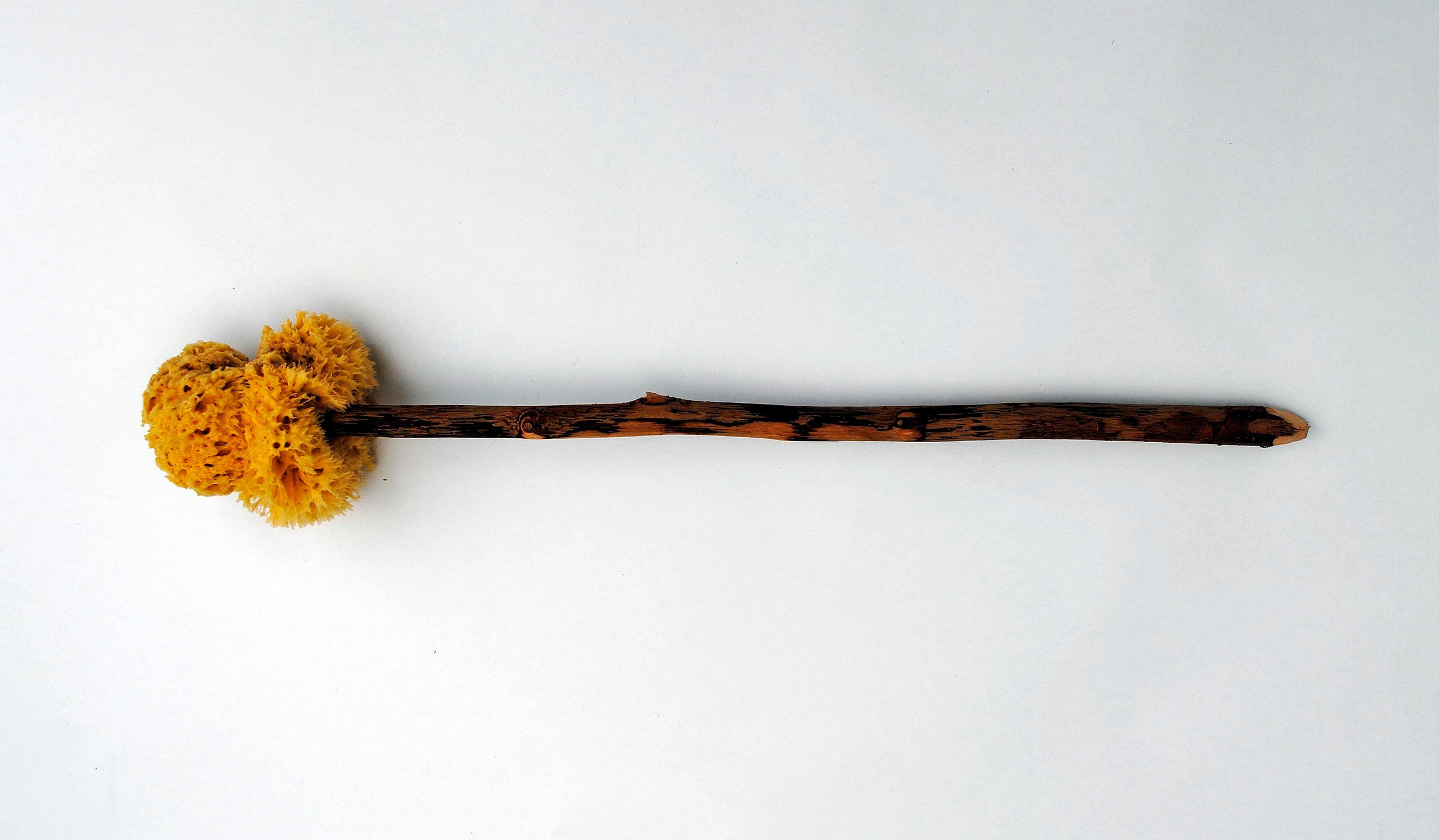
Source: Dickson Herdemerten
While the Romans had chamber pots in their rooms, and wealthier Romans used private restrooms, they often used Roman public latrines, which were large communal rooms with rows of seats with holes in them, positioned over a sewer. Because there was no toilet paper, Romans would clean themselves with an xylospongium, a sponge on a stick, which was shared by everyone.
The Roman Empire Had a Problem With Exploding Toilets
If the sharable stick didn’t rub you the wrong way, then the exploding toilets might. While the Romans were very aware of the importance of toilet hygiene, believing that clean water was essential for good health, the complex systems of sewers that were constantly kept clean still had some challenges.
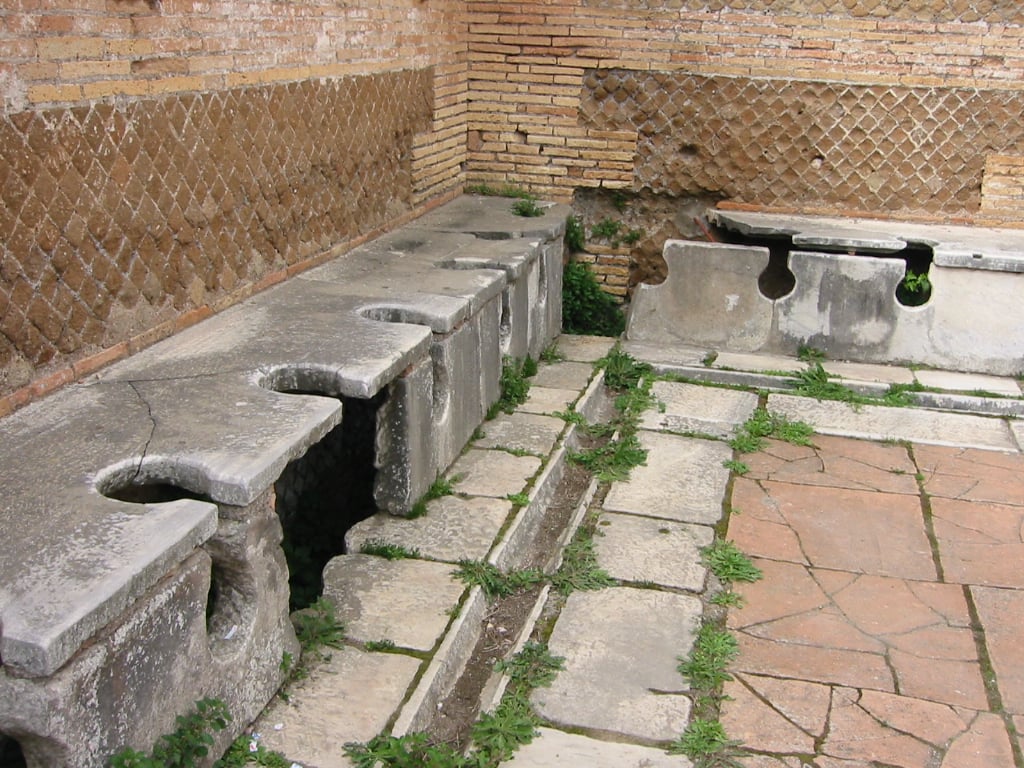
Source: en.wiki
The sitting waste allowed dangerous gasses, like methane, to build up in the sewers. When ignited, the gas would cause an explosion. The Romans were aware of this, and took steps to mitigate it.
Bath Houses Were a Prideful Part of Every Roman’s Lives
Bath houses were an important part of Roman life, and they played a significant role in the city’s culture, society, and religion. The Romans even built bath houses in their military camps. This allowed soldiers to bathe and relax after a long day of marching or fighting.
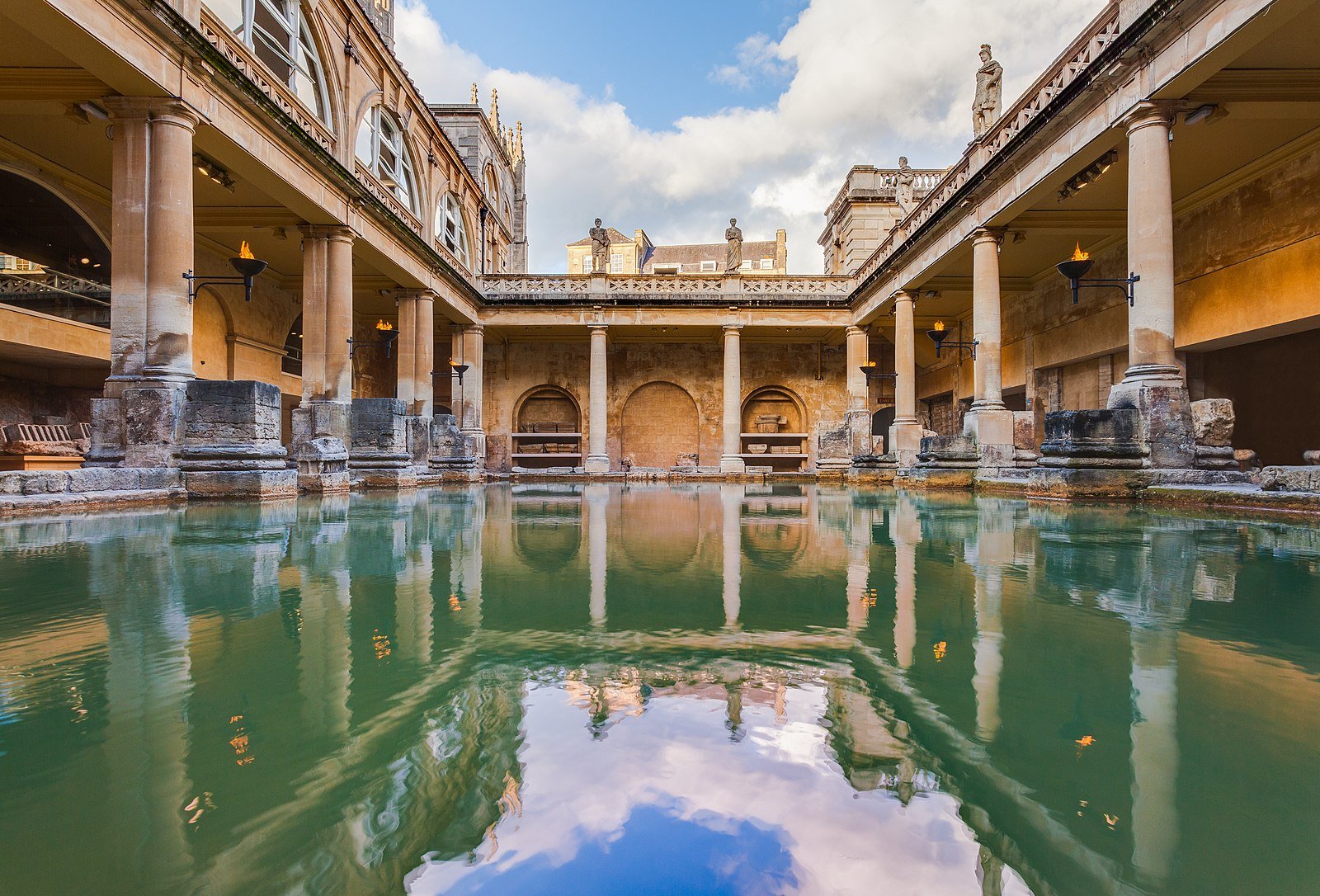
Source: Diego Delso/Wikipedia
Bath houses were also important in ancient Rome because they were a symbol of the city’s wealth and power. The Romans built some of the largest and most elaborate bath houses in the world, and they were a source of great pride for the Roman people.
Bath Houses Were More Than Giant Hot Tubs
Throughout the years, archaeologists have discovered incredible aspects of Ancient Rome in the bath houses. It turns out that the bath house was more than a place to have a communal bath.

Source: Public Domain
The baths had everything someone could need. The Baths of Caracalla were some of the largest and most elaborate bath complexes in the Roman world, and they could accommodate up to 1,600 bathers at a time. The Baths of Caracalla had a gym, library, and two 19-foot fountains, as well as a gentlemen’s establishment, marble statues, artwork, and mosaics.
Emperors Were Treated Like Celebrities
Similar to the public restrooms, Roman baths were a common place for everyone to enjoy, but they were also a common place to catch all kinds of illnesses. But that didn’t stop emperors from appearing at bath houses where they were treated like celebrities.
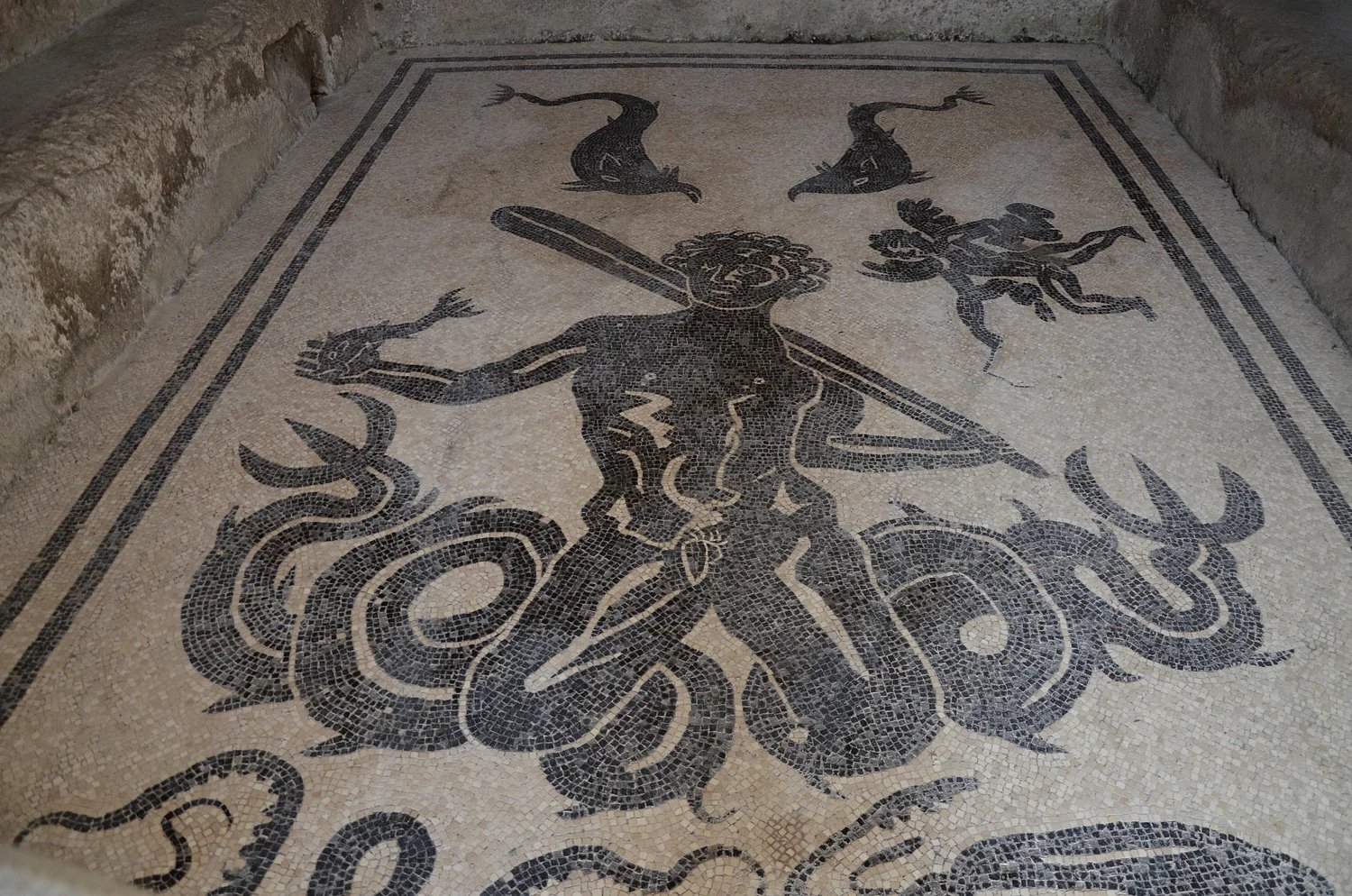
Source: Creative Commons Attribution-NonCommercial-ShareAlike
Lower-class Romans would cover themselves in oil and rub their backs on stone walls to exfoliate. Emperors, however, had people to do everything for them from rubbing olive oil over their skin to scraping it all off with a tool called a strigil.
The Romans’ Favorite Sport Was Extremely Dangerous
While we might be cheering on our favorite football or baseball teams in our free time, the Romans had a favorite pastime. Chariot racing was easily the most popular sport in Rome, with each race consisting of four teams.
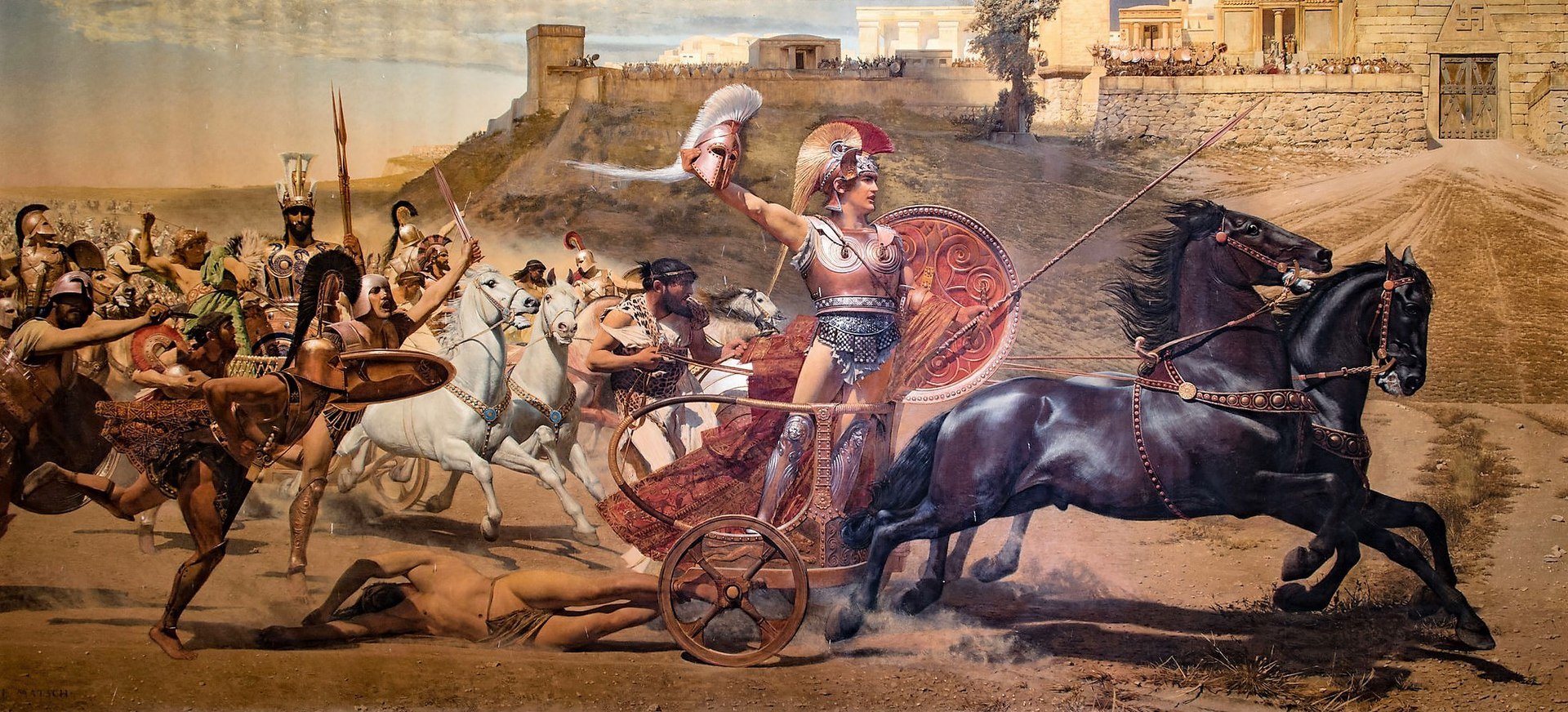
Source: Creative Commons Attribution-ShareAlike
Among the fans of chariot racing was Julius Caesar, who expanded Circus Maximus around 50 BCE, a chariot racing ring in Rome, to hold 150,000 to 200,000 people.
The Most Dangerous Type of Chariot Racing Involved 10 Horse Chariots
While chariots sometimes had two drivers, the most spectacular sight of all was the incredible 10-horse chariot that made periodic appearances. Known as dekas or dekaoros, the 10-horse chariot races were a prestigious and dangerous type of chariot racing.
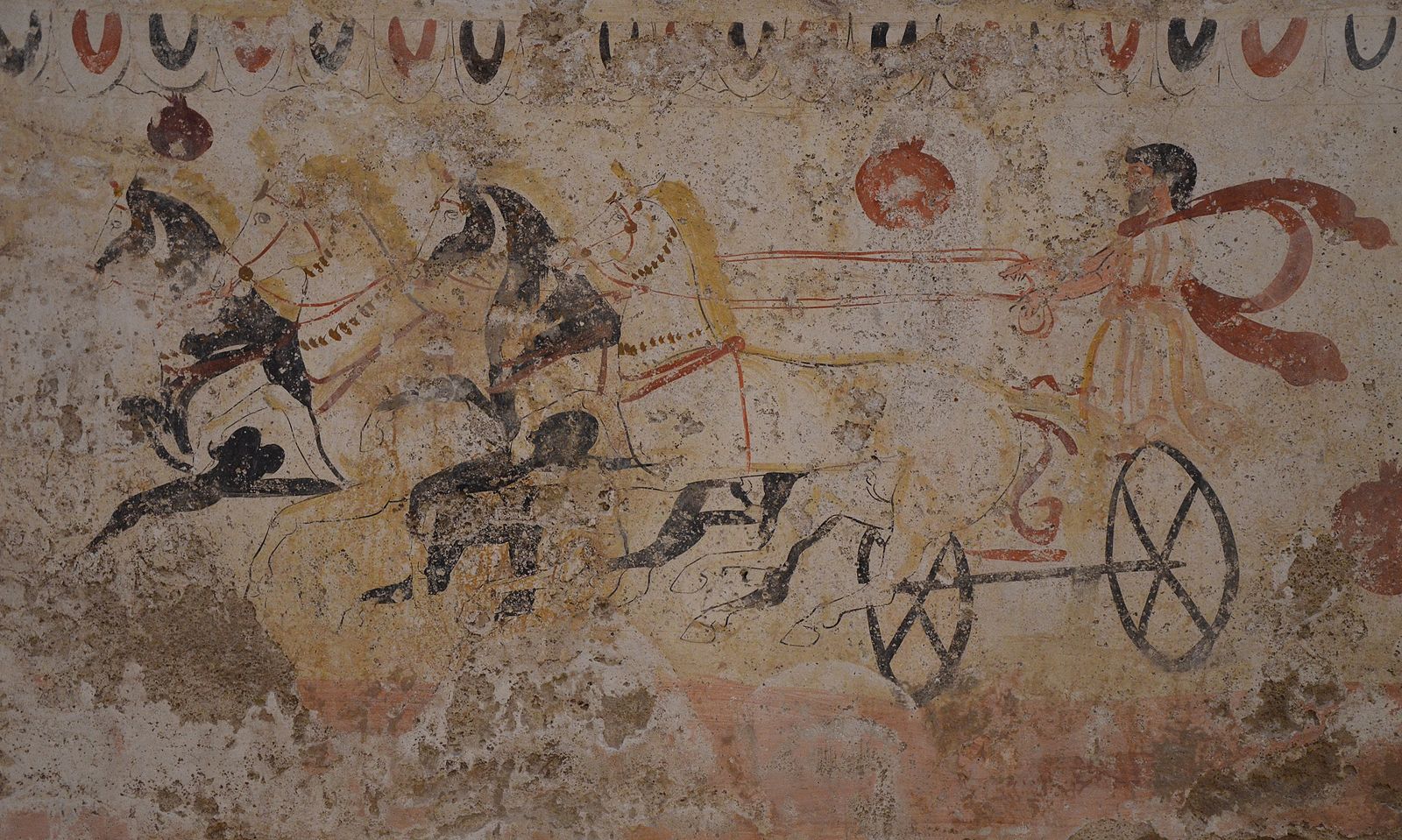
Source: Paestum Archaeological Museum
Ten-horse chariot races were very dangerous as the horses would often get entangled with each other, and the chariots would often crash. The races were also very competitive, and the aurigas would often use dirty tricks to win.
Dogs Were Highly Praised in the Roman Empire
Much like modern-day pet owners, a lot of evidence shows that Ancient Romans loved their dogs. Dogs were highly valued in Ancient Rome for their loyalty, hunting skills, and companionship.
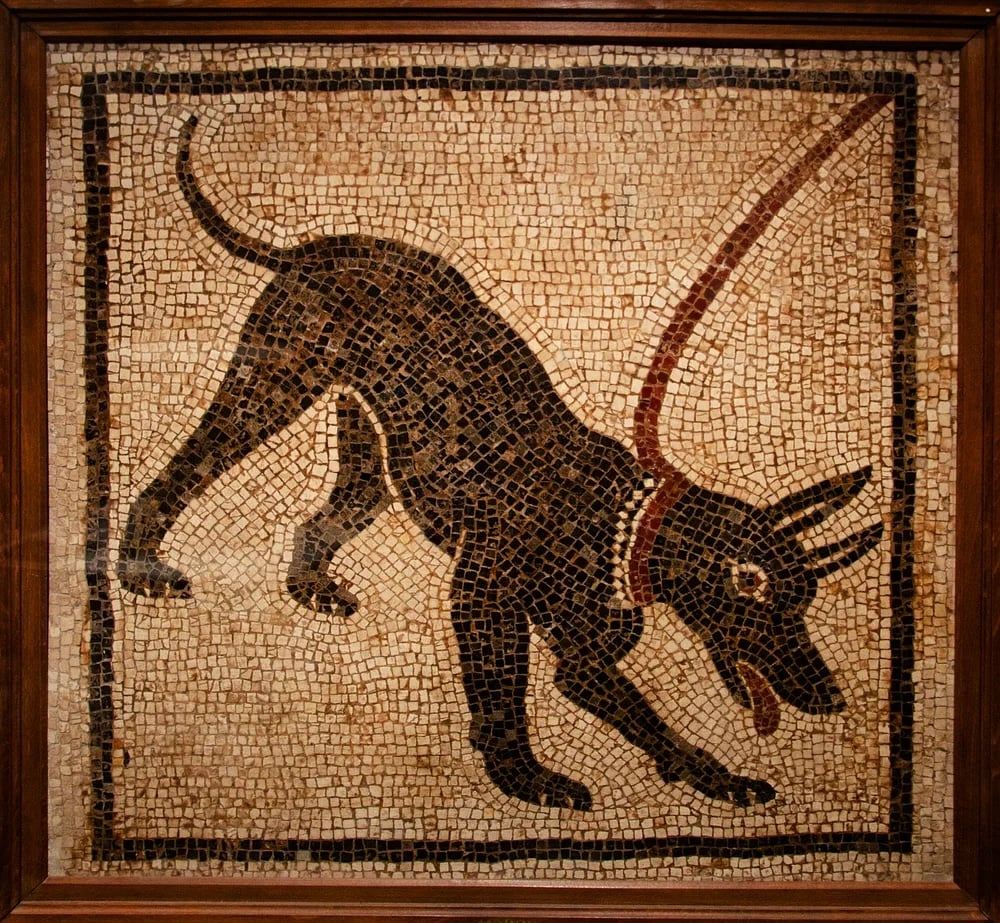
Source: Creative Commons Attribution-ShareAlike
For example, Roman art is full of images of dogs, and many Roman writers praise the virtues of dogs. Additionally, archaeologists have found a number of dog graves in ancient Rome, which suggests that dogs were often treated as members of the family.
Owners Made Collars to Find Identify Dogs
Dogs were found to have collars and leashes, with “beware of the dog” paintings and mosaics a common sight across the city. Unfortunately, the practices of collars that were engraved with the owner’s name and sometimes a clever saying used to identify a dog were also practiced on slave collars.

Source: Wikipedia
The most famous collar of them all is the Zoninus collar, which reads, “I have run away,” and someone will “receive a gold coin” when returned to Zoninus, but people are unsure if it belonged to a dog or slave.
Romans Lived in Small Apartments
As the biggest city at one point in recorded history, Rome had a diverse group of social classes. The solution to housing many of those on the poorer end of the scale was to build high rise apartment buildings called insula, which were flammable wood and mud buildings that could stand up to 100 feet tall.
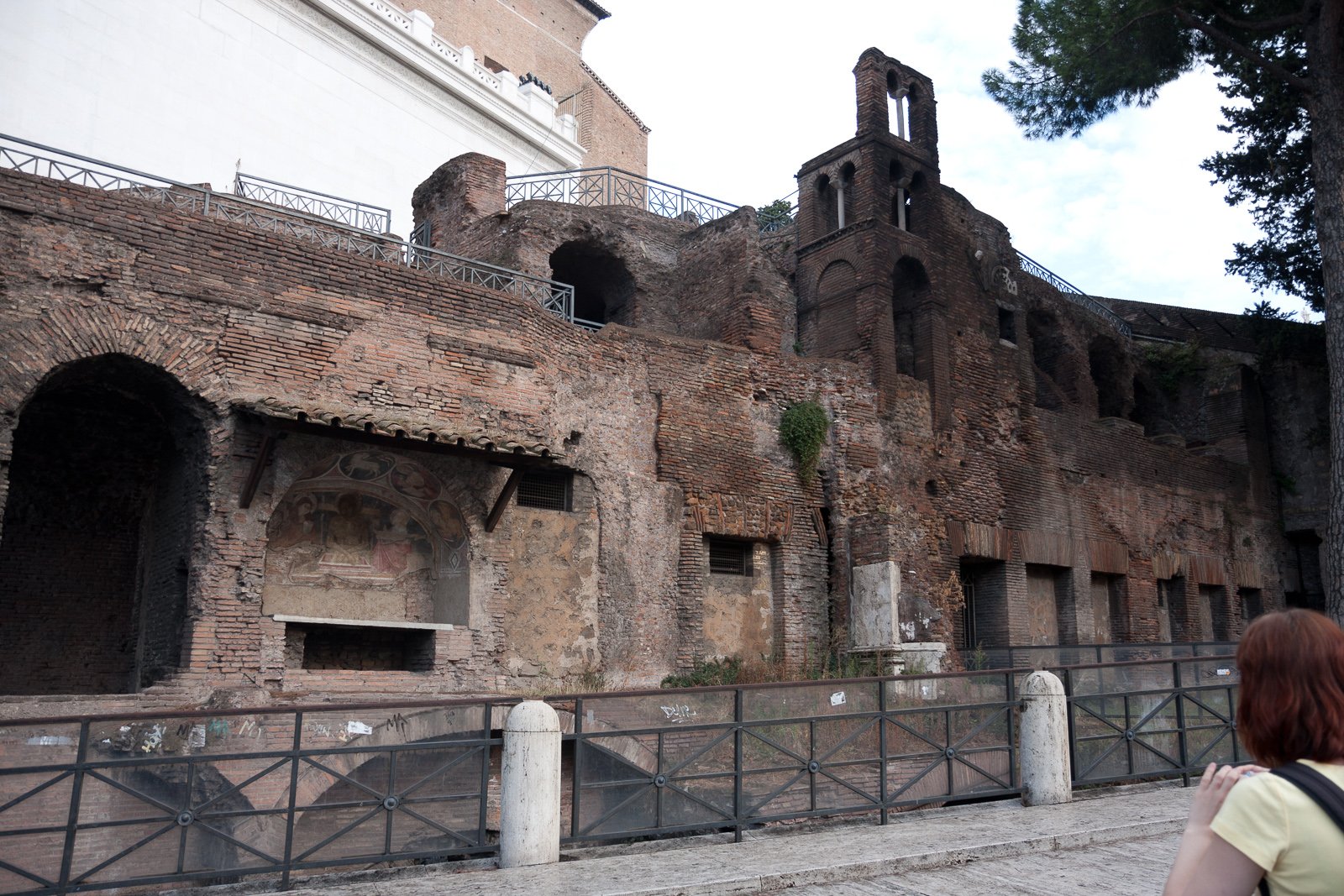
Source: Google Maps
The apartments were packed together, with the worst apartments being the top floors. Due to the cramped, dark, poorly insulated space, these apartments welcomed certain death to the common fires.
Romans Were Members of an Exclusive Death Club
We’ll end this list on a bright note. Most of us have been members of a club or two in our lives, but many Ancient Romans were a part of a funeral club.
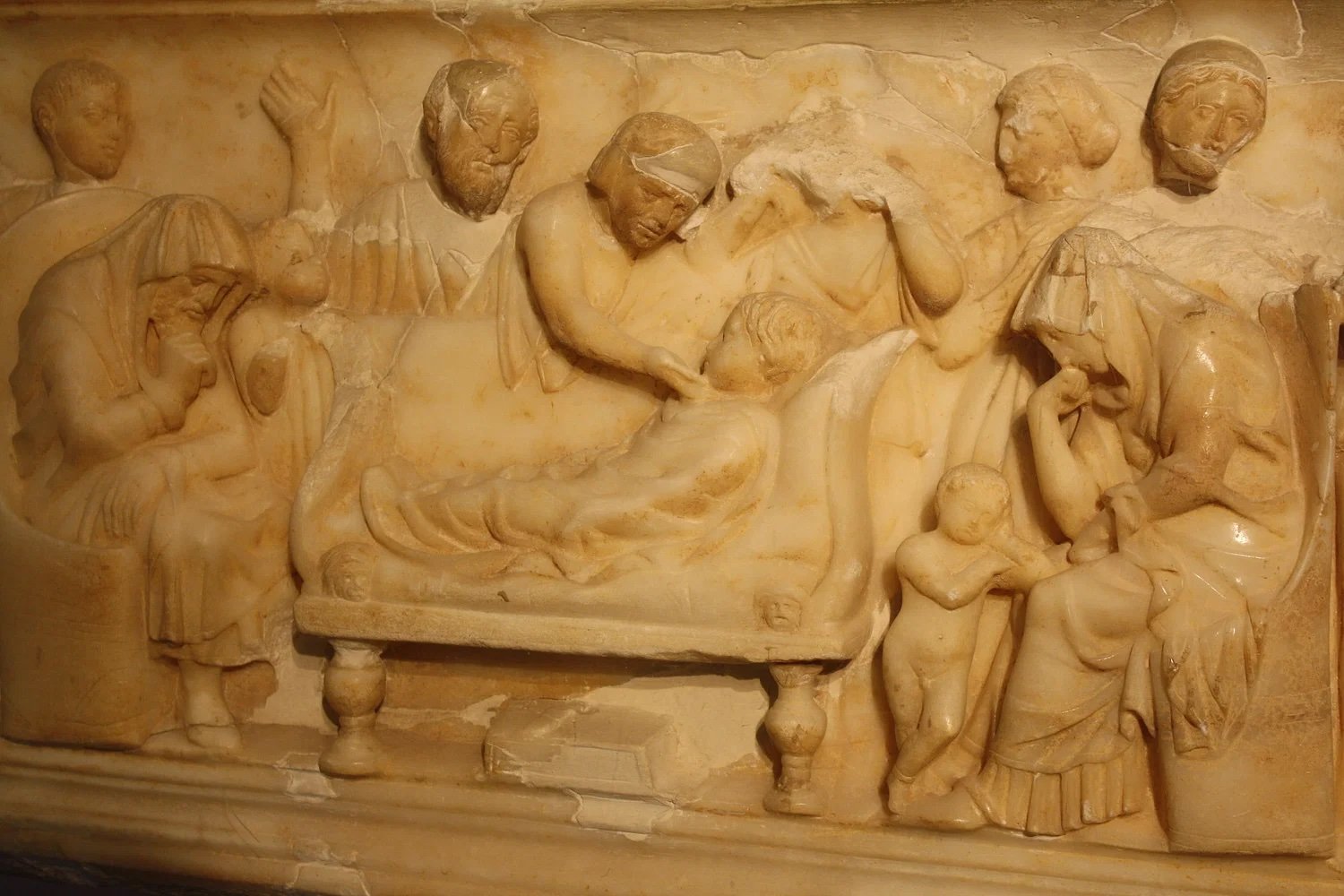
Source: Creative Commons Attribution-NonCommercial-ShareAlike
These clubs had monthly meetings and events. Members of the club would also have their funerals paid for when the time came as long as the membership was up-to-date. To make matters even more enticing, the funeral club would pay to have someone’s body returned to Rome if they died elsewhere.
Ancient Rome Wasn’t So Different From Our Normal Lives
There is a lot to explore about Ancient Rome that might surprise (or shock) us that is still uncovered to this date. The Roman Empire was a complex and dynamic society that made significant contributions to the world we live in today.
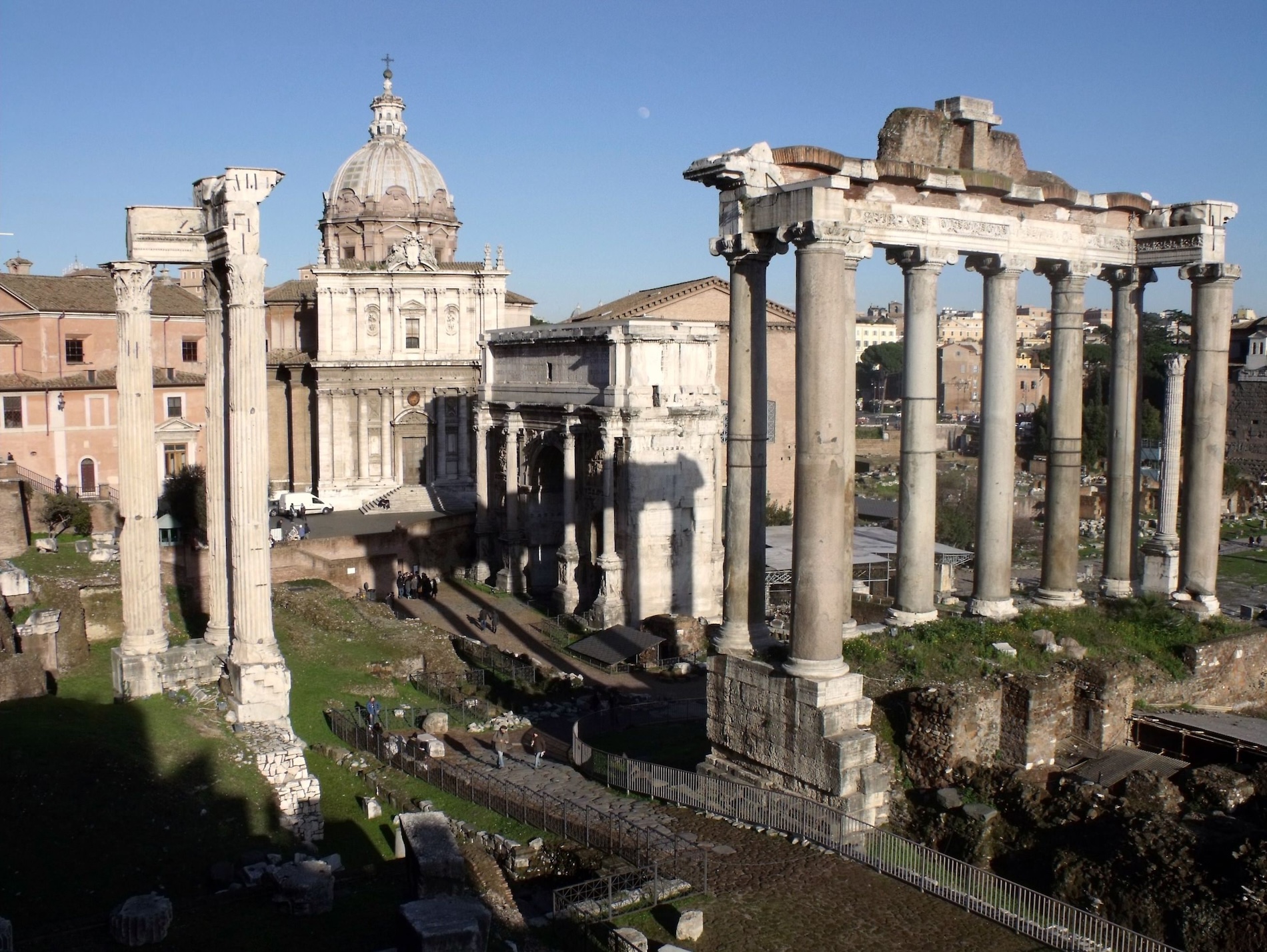
Source: Creative Commons Attribution-NonCommercial-ShareAlike
Loyal canine companions and public bathrooms, albeit less explosive, have been commonplace for centuries. We are not so different from those who existed long before us.
